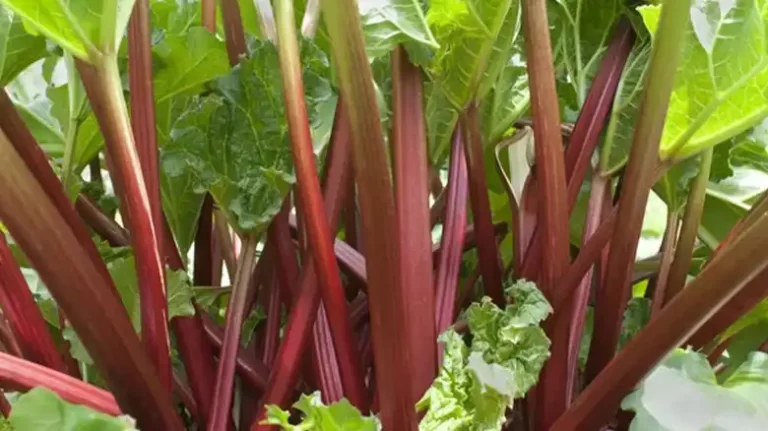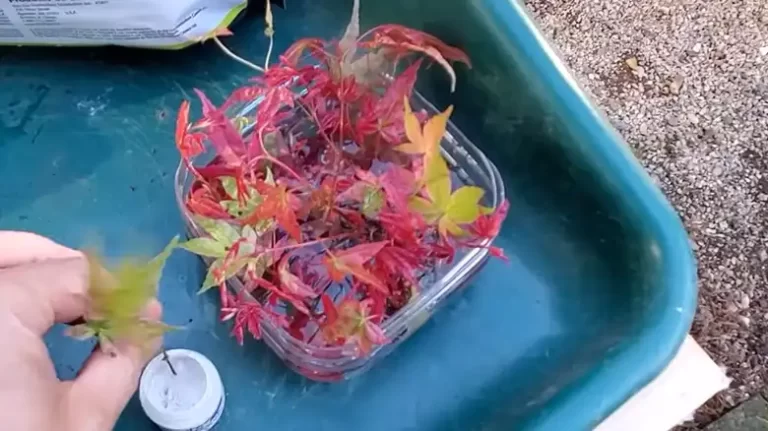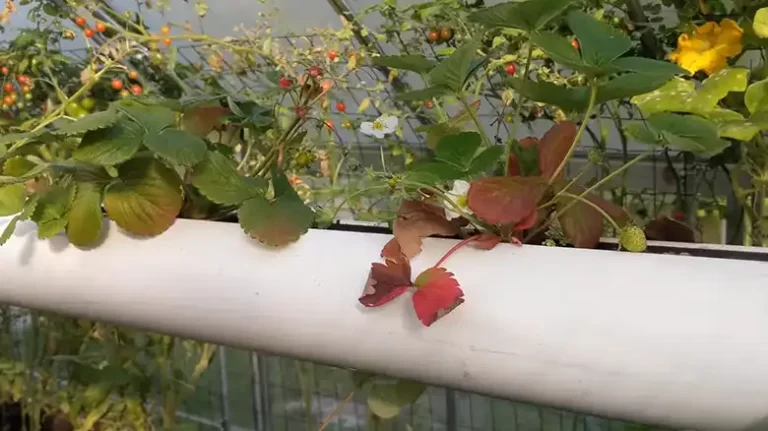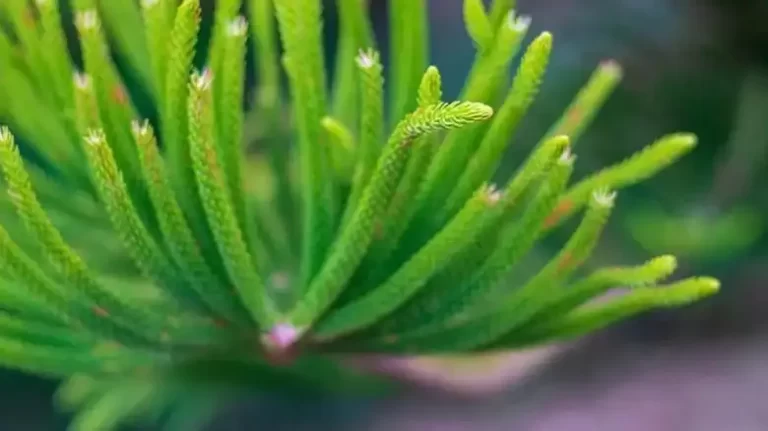How Big of a Pot for Squash Plant
When it comes to growing a thriving squash plant, one often overlooked factor is the size of the pot it’s planted in. The right pot size can make a world of difference in the health, growth, and ultimately, the yield of your squash plant.
By the end, you’ll have a clear understanding of how to select the appropriate pot size for your squash plant and ensure it flourishes. Let’s embark on this journey into the fascinating realm of squash gardening.
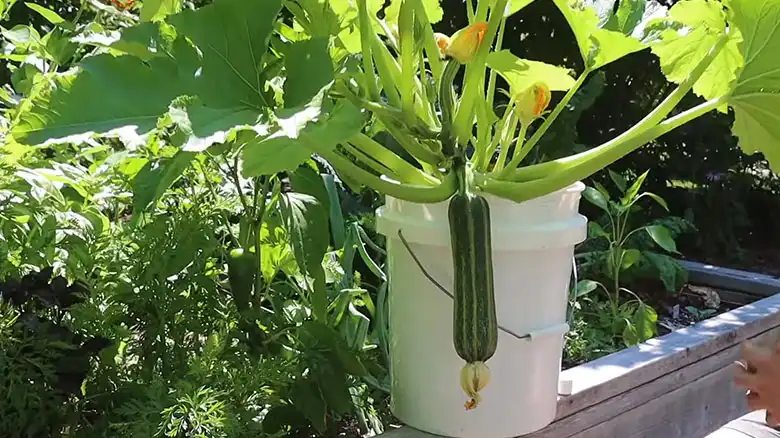
Understanding Squash Plants
Before we delve into the nitty-gritty of pot sizes, let’s familiarize ourselves with the diverse world of squash plants.
Squash varieties come in all shapes, sizes, and colors. From the popular zucchini to the hearty pumpkin, each type has unique characteristics and growth patterns. Understanding these variations is crucial for making informed decisions about pot size.
Types of Squash Plants
Squash plants can be broadly categorized into three main types:
Summer Squash
Summer squash, such as zucchini and pattypan squash, are known for their tender, edible skins and mild flavors. These plants typically have a more compact growth habit compared to their larger counterparts.
Winter Squash
Winter squash, including butternut and acorn squash, are known for their hard, thick skins and sweet, nutty flavors. These varieties tend to produce larger fruits and have different growth requirements.
Giant Squash
Giant squash varieties like pumpkin and spaghetti squash are renowned for their massive fruits. These plants require more space and specific care to accommodate their substantial growth.
Growth Requirements
Squash plants, like all plants, have specific requirements for sunlight, temperature, soil, and water. Understanding these needs is essential for selecting the right pot size.
Sunlight and Temperature Needs
Squash plants thrive in full sun, which means they require at least 6-8 hours of direct sunlight daily. They also prefer warm temperatures, with an optimal range between 70°F and 85°F (21°C to 29°C).
Soil Preferences
Well-draining soil with a slightly acidic to neutral pH (around 6.0 to 7.0) is ideal for squash. Soil that’s rich in organic matter provides essential nutrients for healthy growth.
Watering Requirements
Squash plants need consistent moisture but can be susceptible to root rot if overwatered. Water deeply when the top inch of soil is dry, and be mindful of not allowing the plant to sit in waterlogged soil.
Importance of Choosing the Right Pot Size
The size of the pot you choose has a profound impact on the overall health of your squash plant. Here’s why:
Root Development
Squash plants develop extensive root systems to support their rapid growth. Inadequate root space can lead to stunted growth and nutrient deficiencies. The right pot size allows for robust root development.
Nutrient Availability
A larger pot provides more room for soil, which means a greater reservoir of nutrients for the plant. Smaller pots can quickly deplete soil nutrients, leading to poor growth and fruit production.
Avoiding Overcrowding
In smaller pots, squash plants can become overcrowded, causing competition for resources. This can lead to weaker, less productive plants and increased susceptibility to pests and diseases.
Pot size directly influences the potential yield of your squash plant. Here’s how it matters:
Pot Size and Squash Production
A larger pot allows the plant to grow to its full potential, producing more leaves for photosynthesis and, consequently, more fruits. Small pots limit the plant’s growth and, subsequently, its yield.
Balancing Pot Size and Plant Spacing
While a larger pot can accommodate a more extensive root system, it’s essential to balance this with proper spacing between plants. Crowded plants can hinder each other’s growth, so choosing the right pot size plays a crucial role in achieving the ideal spacing.
Harvesting Considerations
Larger pots not only produce more squash but also make it easier to harvest. The increased space allows for better access to the fruits, reducing the risk of damaging the plant during harvesting.
Selecting the Appropriate Pot Size
Before selecting a pot size for your squash plant, you need to assess the space available for cultivation. Consider the following:
Evaluating Available Space
Determine whether you’ll be growing your squash plant indoors or outdoors. Indoor gardening may have space limitations, whereas outdoor gardens offer more flexibility.
Indoor vs. Outdoor Cultivation
Indoor cultivation might require smaller pots and careful space management. Outdoor gardens generally allow for larger pots and more generous spacing between plants.
Squash Variety
Different squash varieties have varying growth habits and space requirements. Let’s explore the pot size recommendations for each type:
Small Squash Varieties
Zucchini: Opt for pots with a minimum diameter of 12 inches (30 cm).
Pattypan Squash: Choose pots with a diameter of at least 10 inches (25 cm).
Medium Squash Varieties
Butternut Squash: Aim for pots with a minimum diameter of 16 inches (40 cm).
Acorn Squash: Opt for pots with a minimum diameter of 14 inches (35 cm).
Large Squash Varieties
Pumpkin Squash: Select pots with a minimum diameter of 20 inches (50 cm).
Spaghetti Squash: Choose pots with a minimum diameter of 18 inches (45 cm).
Root Development
Understanding the root structure of squash plants is essential for determining the minimum pot depth required. Most squash plants develop extensive root systems that need sufficient depth for healthy growth.
Plastic Pots
Pros: Lightweight, affordable, and retain moisture well.
Cons: May not provide optimal insulation in extreme temperatures.
Clay Pots
Pros: Provide good insulation and allow air circulation.
Cons: Can be heavy and may dry out quickly.
Fabric Pots
Pros: Promote excellent air pruning of roots, preventing root circling.
Cons: Require more frequent watering and support to prevent collapsing.
Material’s Impact on Temperature Regulation
The material of the pot can influence the temperature of the soil, which, in turn, affects your squash plant’s growth. Clay pots can absorb and release heat, while plastic pots may become excessively hot in direct sunlight.
Pot Size Guidelines
Now that you’ve considered the factors, let’s dive into specific pot size recommendations for various squash varieties:
Small Squash Varieties
For small squash varieties like zucchini and pattypan squash:
Pot Size: Opt for pots with a minimum diameter of 12 inches (30 cm).
Pot Depth: Aim for a depth of at least 12 inches (30 cm).
These dimensions provide sufficient space for root development and ensure the plant can reach its full potential without becoming crowded.
Medium Squash Varieties
For medium-sized squash varieties such as butternut and acorn squash:
Pot Size: Choose pots with a minimum diameter of 16 inches (40 cm).
Pot Depth: Aim for a depth of at least 16 inches (40 cm).
Medium-sized squash plants require more room both above and below the soil to flourish. These pot dimensions strike the right balance.
Large Squash Varieties
For large squash varieties like pumpkin and spaghetti squash:
Pot Size: Select pots with a minimum diameter of 20 inches (50 cm).
Pot Depth: Aim for a depth of at least 20 inches (50 cm).
Large squash plants need ample space for their extensive root systems and robust growth. These pot dimensions will support their needs.
Potting and Planting
With the right pot size chosen, it’s time to prepare your pot and plant your squash:
Preparing the Pot
Select a well-draining potting mix rich in organic matter. A mix formulated for vegetables or fruits is ideal, as it provides the necessary nutrients for squash plants.
Adding Drainage Materials
To enhance drainage, place a layer of small stones or broken pottery shards at the bottom of the pot before adding the potting mix. This prevents water from accumulating at the roots, reducing the risk of root rot.
Planting the Squash
Plant your squash seedlings at a depth of 1 to 1.5 inches (2.5 to 4 cm) and ensure they are spaced according to the recommendations for your chosen pot size and squash variety.
If transplanting seedlings from a nursery pot, handle them gently to avoid damaging the roots. Plant them at the same depth as they were in the nursery pot to minimize transplant shock.
Regularly check the moisture level of the soil by inserting your finger into the soil up to the second knuckle. Water when the top inch of soil is dry, ensuring consistent moisture without overwatering.
Overwatering can lead to root rot, while underwatering can cause stress and hinder growth. Finding the right balance is key to healthy squash plants.
Squash plants in pots rely on you for their nutrients. Use a balanced, slow-release fertilizer formulated for vegetables to provide essential nutrients throughout the growing season.
Consider whether you prefer organic or synthetic fertilizers based on your gardening philosophy. Both can be effective when used correctly.
Pruning and training your squash plant can help control its size and shape, ensuring it fits well within the chosen pot size. Remove excessive foliage to improve air circulation and reduce disease risk.
Good air circulation around the plant minimizes the risk of fungal diseases. Prune excess leaves to allow air to flow freely through the plant.
Stay vigilant for common pests and diseases that can affect squash plants in containers. These may include aphids, cucumber beetles, and powdery mildew.
Explore natural remedies such as neem oil or companion planting to deter pests. Consistent monitoring and early intervention are essential for pest and disease management.
Monitoring Growth
Monitoring growth in very important because if growth spots you will know that the pot needs to be changed.
Signs of Healthy Growth
To ensure your squash plant is thriving, look for the following signs of health:
Vigorous Leaf Growth
A healthy squash plant should produce lush, green leaves that capture sunlight for photosynthesis.
Flower Production
Squash plants typically produce bright yellow flowers before setting fruit. Abundant flowers indicate a healthy plant ready for pollination.
Troubleshooting
Keep a watchful eye for signs that your pot size may not be sufficient for your squash plant. These can include:
Stunted Growth: If your plant isn’t growing as expected, it may need more room for its roots.
Yellowing Leaves: Yellowing leaves can be a sign of nutrient deficiencies due to a crowded pot.
Lack of Fruiting: Insufficient pot size can limit fruit production.
Adjustments and Solutions for Common Problems
If you notice any issues related to pot size, consider repotting your squash plant into a larger container. Additionally, ensure you’re providing adequate care in terms of watering, fertilizing, and pest management.
Recurring Questions
Q1: Can I grow squash in a small pot on a balcony?
Yes, you can grow certain varieties of squash in smaller pots on a balcony, provided you choose compact varieties like zucchini or pattypan squash and ensure they receive sufficient sunlight and care.
Q2: How often should I water my squash plant in a container?
Watering frequency depends on factors like temperature, humidity, and pot size. Monitor the soil moisture and aim to keep it consistently moist but not waterlogged. In hot weather, you may need to water more frequently.
Q3: What can I do if my squash plant outgrows its pot?
If your squash plant outgrows its pot, carefully transplant it into a larger container with appropriate dimensions. Be gentle with the roots to minimize transplant shock.
Q4: Are there any companion plants that can help deter pests from squash?
Yes, planting companion plants like marigolds and nasturtiums near your squash can help deter common pests. Their strong scents and natural pest-repelling properties can be beneficial.
Final Thoughts
In the world of squash gardening, the size of your pot plays a pivotal role in the success of your plant. Choosing the appropriate pot size based on the squash variety, root development, and your available space can make all the difference in the health and yield of your squash plant.


